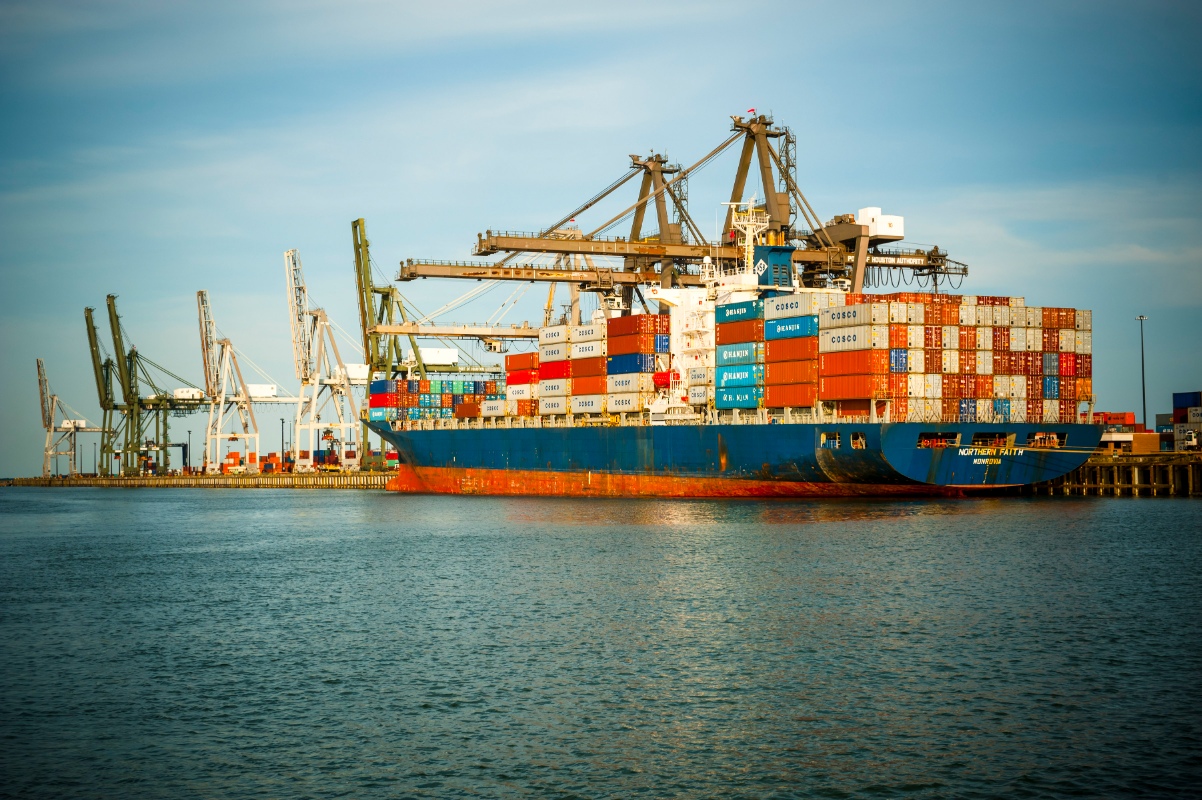5 Issues to Consider in Your Company's Response to COVID-19
Published Mar 13, 2020 by Bob Harvey
Businesses across Houston and around the world are considering how best to react to the rapidly changing COVID-19 situation. It’s a question on everyone’s minds. But each case is different and business leaders have to evaluate their situation, workforce and all of the factors surrounding their business.
The Partnership asks business leaders to consider focusing on this general framework of thinking so you can make smart decisions for your company.
We’ve broken it down into five buckets.
- Employee/Workplace Hygiene and Safety
- Travel Policies
- Policies for Meetings and Large Gatherings
- Sick and PTO Leave
- Telecommuting
Each of these areas involves minimizing risk of exposure as well as the risk of spreading the virus. Achieving those goals is a community-wide effort, and businesses are key parts of the puzzle.
Employee/Workplace Hygiene and Safety
First employee and workplace hygiene and safety.
Businesses must encourage their employees to stay home if they are showing respiratory illness symptoms or if someone in their household is.
And then there are the basics:
• Wash your hands frequently
• Stop shaking hands
• Clean your workplaces frequently and properly
• Avoid close contact, put distance between yourself and other people
The CDC has great advice on what workplaces can do.
Note that the Partnership has compiled an online resource with a number of good toolkits for businesses to think about how to response to the virus.
Business Travel Policies
Next, let’s talk about business travel policies, both domestic and international.
The Partnership surveyed our board over the last two days and received about 30 responses. Keep in mind most but not all are large companies, but this includes some mid-market companies as well.
On this travel question, 82 percent have modified or outright banned nonessential domestic business travel…97% have changed their international travel policies.
On the domestic side, we’re seeing a few scenarios, ranging from:
• Outright domestic travel bans, to
• Bans on non-essential travel, where essential travel must be approved by a senior executive
• Or a hybrid, that bans most travel except for client travel
This gets tricky for client service companies – particularly when we look at audit and tax firms – this is busy season. Being face to face with clients is the traditional model and many firms are having to rethink this.
On the international side, it’s more clear-cut. Most are outright bans, with some exceptions for client travel with executive approval.
Personal Travel Policies
On the personal travel side, this is a question that can be difficult because it touches people’s personal lives.
But it’s our belief that business leaders have a responsibility to protect their entire workforce and ensure they are coming into a reasonably safe environment.
Several companies are implementing travel logs where employees must report any personal travel.
Here’s an example of why this is important. Say an employee travels for Spring Break and there is not a known outbreak of the virus when they are at their destination. They come back, have no symptoms, but then five days later an outbreak pops up in that place.
Given the incubation periods and testing windows, the employee was likely there at the time of transmission. The employer knows from the log that the employee travelled there. It’s time to have a conversation to gauge if there was possible exposure.
The medical folks would say – self-quarantine for 14 days if there is a risk the person was exposed.
So, the log is tough, but is an important thing to think about. Know that some are restricting logging to just international travel and perhaps cruises.
Policies for Meeting and Gatherings
Next in our survey, the Partnership asked about employees attending meetings and gatherings – there was an 80/20 split favoring the limitation on meeting size and business gatherings/events.
Some are outright bans from attending outside business functions, but many are limiting the number that may be in attendance at an event.
Some are as small groups of 10, we’ve chosen 50 at the Partnership, and many are somewhere in between that. It’s worth noting that this has knocked out attendance at major conferences in particular.
Sick/PTO Policy
The fourth area of the five-part framework is your Sick and PTO Policy.
Only a third of the companies in our survey had looked at this, two-thirds had not.
But it is important to note that many of the companies who said they were not adjusting their PTO policies already had very relaxed policies, some who even offered unlimited sick time.
Employers should expand their thinking about PTO as the universe of employees who should not come to the office goes beyond those who are visibly sick.
Key things to think about:
- Sick people should stay home – penalizing absences can incentivize reckless and dangerous behavior, potentially exposing others in the work force
- Potentially exposed employees should stay home – if someone has travelled to a high risk region, or comes to find out they possibly came into contact with an infected person in a community setting – these folks will likely need to self-quarantine for at least 14 days.
- Another group to think about are employees in vulnerable populations – this includes employees with existing respiratory issues, or immune system deficiencies—even age is a factor. Some say the age of 60, 65 or 70. Essentially as you get older, the risk of a dangerous infection increases.
How should you handle these folks? They may be healthy enough to work, but do you want to risk having them get exposed in your work environment? Perhaps consider teleworking for these employees.
How about employees who have family members with these conditions – it would be bad if your employee brings home the virus from work.
Again, this is all about minimizing risk of exposure.
Teleworking Policy
The final policy area in the framework is related to telecommuting.
About 65% of respondents to the Partnership survey already had some form of teleworking in place. And more than half were taking a look at altering their policies in light of the virus.
The medical experts will talk about the need to avoid being in close contact with others, and telecommuting can be important to this.
But you have to think about the roles within your company. Can all jobs be done remotely from home? Do you have enough laptops so people can be productive while at home? With our IT infrastructure support a higher volume of remote log-ins?
When setting up a telecommuting policy, should it be universal telecommuting for all employees?
One example we have heard from the construction industry (and this applies in some refinery and petrochemical situations), where you have a project team that must be onsite.
You split that work team into two (or three or four) groups. One team works from home for two weeks while the other one is on site, and then you switch.
The goal is that if you lose a team due to exposure, you have another team available before you cannot provide the service to the client.
Again, those are the five things to think about:
- Employee Hygiene
- Travel
- Meetings and Large Gatherings
- Sick/PTO Leave
- Teleworking
Houston is a can-do city, and with your help, we can minimize the spread of this virus and hopefully get on the path to recovery soon.
The Partnership's Houston Coronavirus Resources guide provides information around the virus to businesses and individuals in our region. We will continue to update this page as new information becomes available.
 The Houston Report
The Houston Report




















